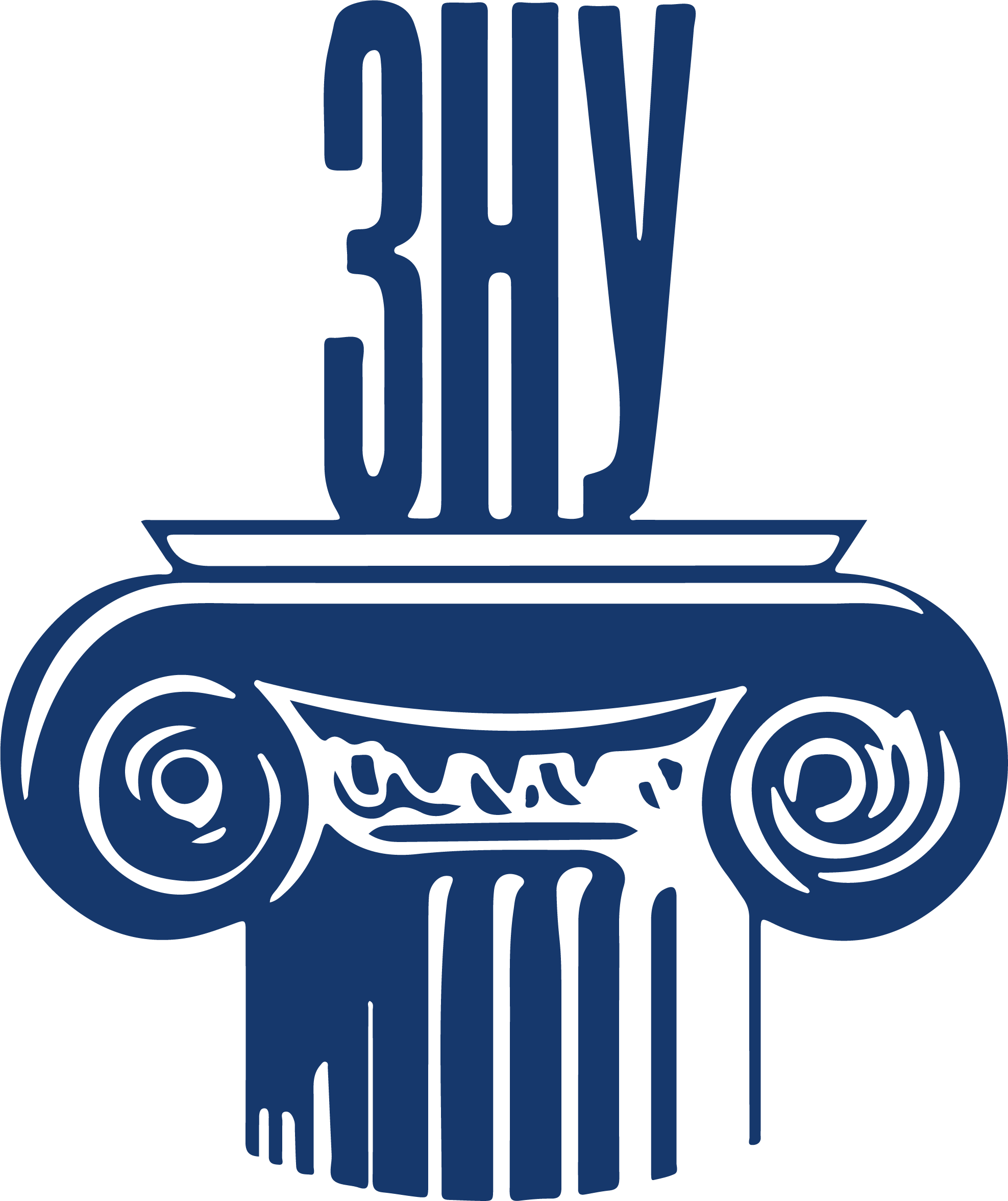KEY MOTIVES OF SALMAN RUSHDY’S NOVELS (BASED ON THE STORY “HARUN AND THE SEA STORY”)
Abstract
S. Rushdie carefully builds the frame of his works. The title, epigraphs, and compositional structure are crucial elements of architecture that firmly hold the structure of his texts. A special place is occupied by epigraphs, which play the role of an important structural component of the writer’s works. In the story “Haroun and the Sea of Stories” (1990), the selected statement at the beginning of the text allows us to read the important components of the author’s idiostyle, namely: (1) myth – a structural-semantic model of the text; (2) magical realism – the stylistic code of the text; (3) art – philosophical and aesthetic knowledge of being. In the novels “The Ground Beneath Her Feet” (1999), “Shalimar the Clown” (2005), “Fury” (2001), “The Golden House” (2017) we observe the writer’s use of epigraphs as paratexts. Using various sources to construct supratextual quotations, S. Rushda manages to organize the interaction between the epigraph and the text in two types: unison (the position of the epigraph and the text are close) and the development of the theme (between the epigraph and the text, there are relationships between the theme and variations). Magical realism in S. Rushdie’s work is an artistic method and type of artistic thinking, a kind of option for perceiving and reproducing the world. The writer masterfully depicts natural and supernatural events, including an unreal element in a realistic story that cannot be explained from the standpoint of the usual laws of the universe. The real and imaginary worlds in the works of S. Rushdie are endowed with the ability to coexist and interpenetrate each other. It is especially interesting to watch the masterful depiction of reality in a fairy-tale space. We can see this in the story “Harun and the Sea of Stories”, in which the author clearly alludes to the realities of India. It depicts the rainy season, depicts Indian traditions, reproduces the contrasts of Indian society (the country of the rich, the poor and the very poor), constructs the political realities of India, showing politicians and the political technologies they use to achieve their goals.
References
2. Рой А. Бог дрібниць. Львів : ВСЛ, 2018. 432 с.
3. Рушді С. Два роки, вісім місяців і двадцять вісім ночей. Львів : ВСЛ, 2018. 336 с.
4. Рушді С. Золотий дім. Львів : ВСЛ, 2019. 496 с.
5. Рушді С. Клоун Шалімар. Київ : Фабула, 2024. 464 с.
6. Рушді С. Лука і вогонь життя. Київ : Вид-во Жупанського, 2012. 200 с.
7. Рушді С. Гарун і море оповідок: казкова повість. Київ : Вид-во Жупанського, 2012. 153 с.
8. Adiga A. The White Tiger. Atlantic Books, 2020. 336 p.
9. Desai K. The Inheritance of Loss. Grove Press, 2006. 384 p.
10. Volná L. (2019). Salman Rushdie’s Sea World: Haroun and the Sea of Stories. Angles, 9. Retrieved from URL: https://doi.org/10.4000/angles.843.
11. Kullmann T. (1996). Eastern and Western Story-Telling in Salman Rushdie’s Haroun and the Sea of Stories. EESE, 1. Retrieved from URL: https://webdoc.sub.gwdg.de/edoc/ia/eese/artic96/kullmann/1_96.
12. Rushdi S. Haroun and the Sea of Stories Granta books. London in association wirh Penguin Books, 1990. 216 p.
13. Rushdi S. The Ground Beneath Her Feet. Henry Holt and Co, 2000. 594 p.
14. Rushdi S. Quichotte. Random House, 2019. 416 с.
 ISSN
ISSN 


.png)



